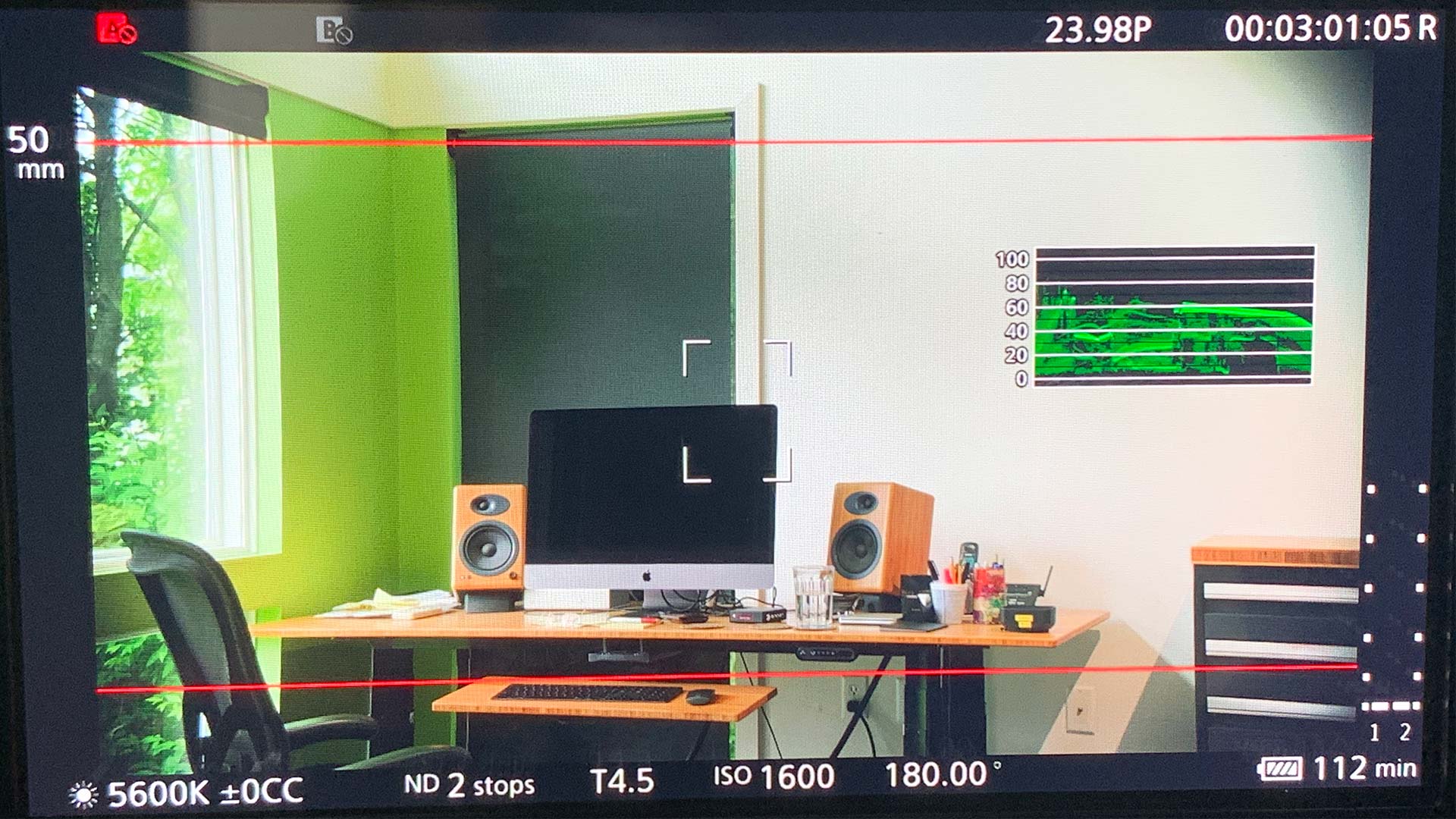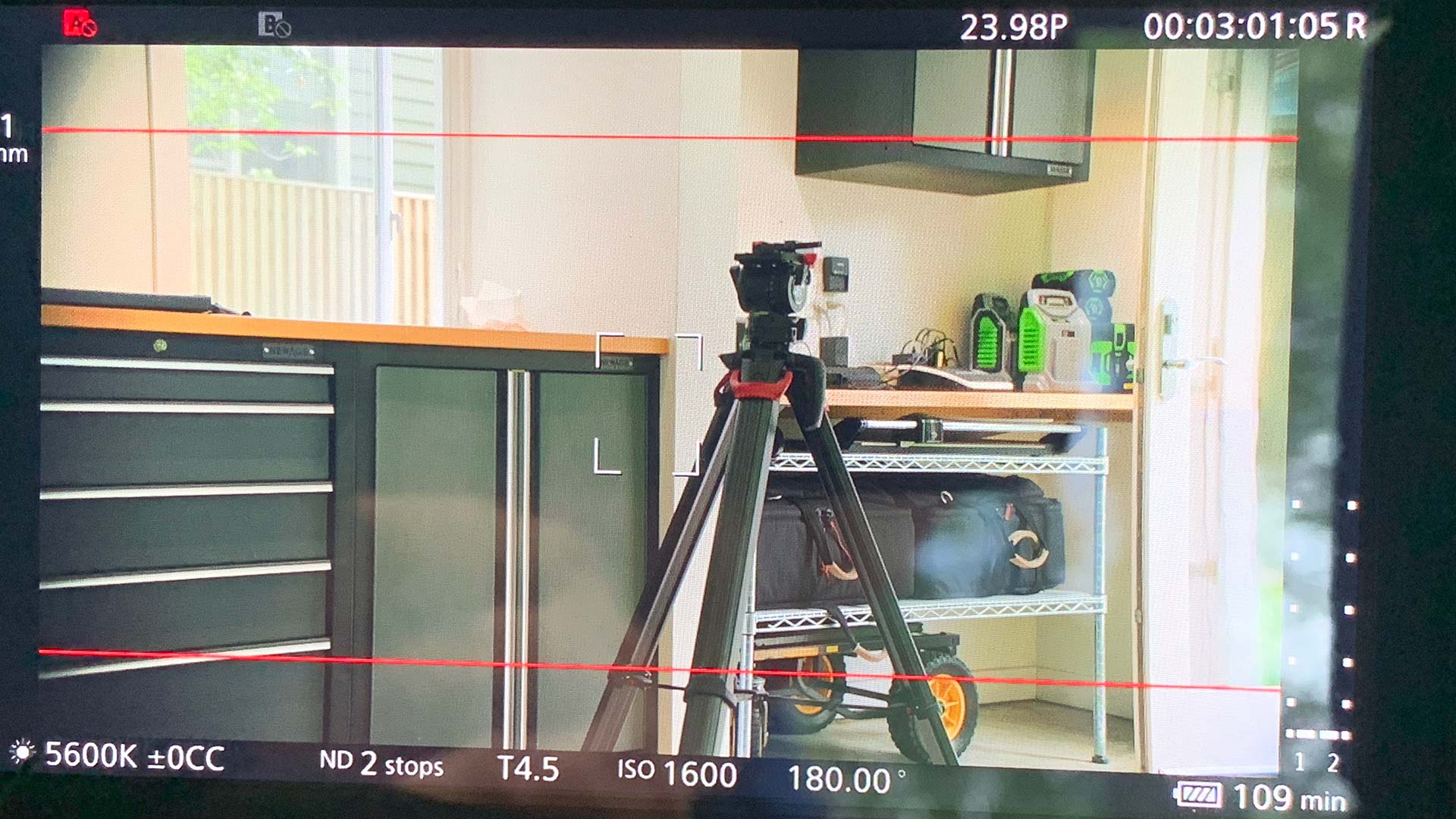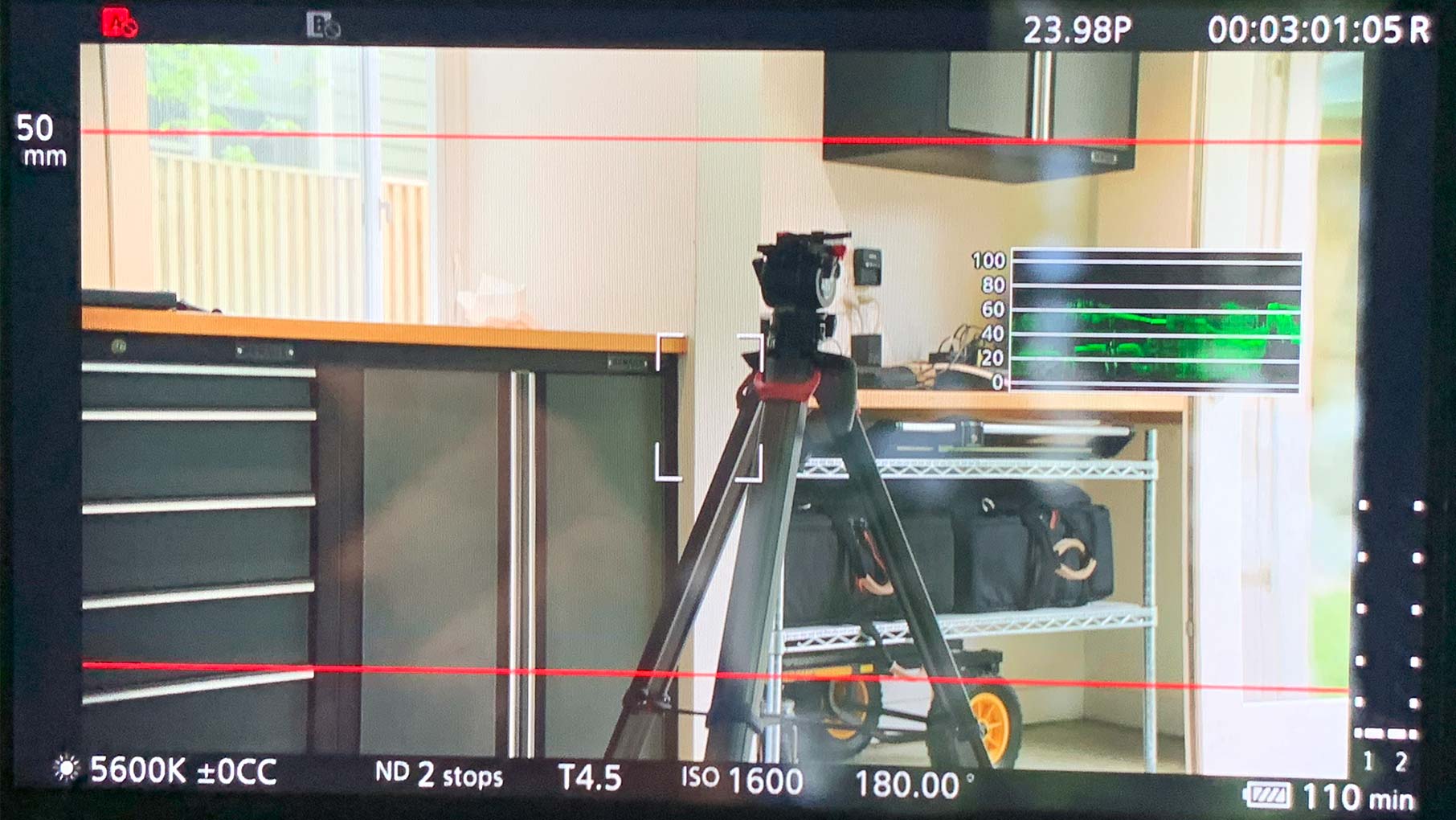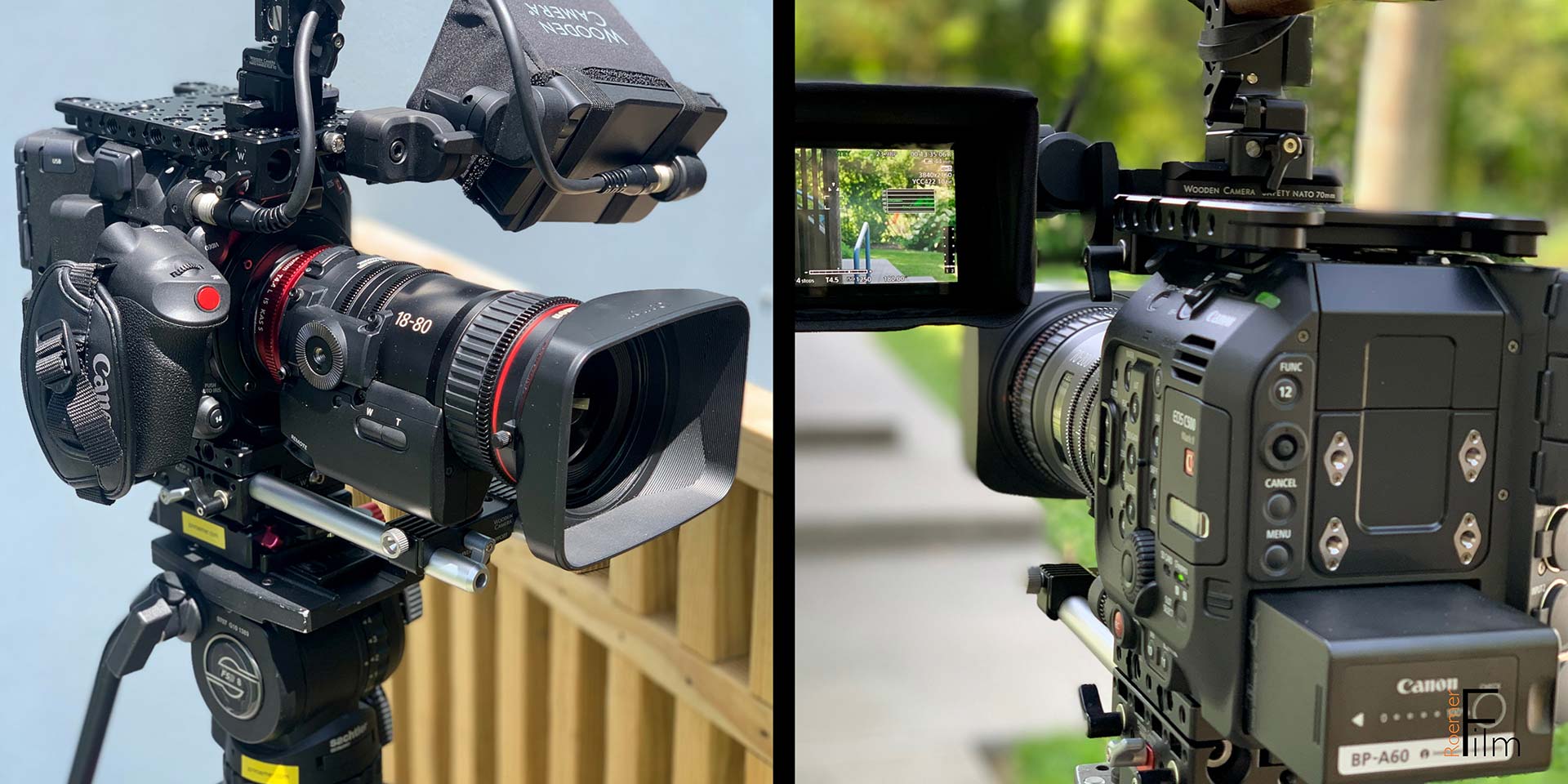In my next round of Canon C500 Mark II testing I am looking at the camera in combination with Canon’s Compact-Servo cinema zoom lenses. In particular, the CN-E 18-80mm T4.4 and the CN-E 70-200mm T4.4. These lenses were designed for Super35 coverage but my hope is that both lenses will cover full-frame within at least of part of their ranges. If they can it will greatly enhance their versatility on the C500 Mark II. Too much to ask? Let’s see…
Canon C500 Mark II: Compact-Servo Zoom Lenses CN-E 18-80mm & 70-200mm in Full-Frame & Super35 on YouTube and Vimeo
As seen in the video, the answer is twofold. The 18-80mm presents problems in full-frame mode. It can cover full-frame but only within a very narrow range, ~65-80mm, and its image is warped by pincushion distortion.
One note: In my test of the CN-E 18-80mm T4.4 I had the lens hood on it. This caused some vignetting of its own but only from 18mm – ~40mm. It does not change my conclusions because you will still need to clear the 65mm focal length to have a clean image in 16:9 format.

The 70-200mm on the other hand is the big surprise. Not only does it cover full-frame mode throughout its range, the image looks perfect! There is no distortion nor any vignetting visible which is really great to see.

Since the C500 Mark II offers both full-frame and Super35 both lenses are fully-functional. The 18-80mm T4.4 retains its superb characteristics in Super35 mode and the 70-200mm T4.4 can operate in both modes. Being able to use the 70-200mm T4.4 in full-frame turns a great lens which was somewhat held back by its T4.4 rating into an even more interesting interview lens. In full-frame mode on the C500 Mark II it will render shallower depth of field and it will also be true to its 70-200mm range unlike in Super35 mode where it has the equivalent field of view of a 98-280mm lens.
Here is a direct comparison of the CN-E 70-200mm T4.4 in both full-frame and Super35. The full-frame image is at 98mm and the Super35 is at 70mm to match the field of view.
Depth of Field Wide Open with the CN-E 70-200 T4.4 on the Canon C500 Mark II in Full-Frame & Super35 on YouTube and Vimeo.
I was asked if the CN-E 18-80/C500 Mark II/full-frame combo works if you are recording in 2.35:1 as opposed to 16:9? And also if turning on the camera’s Electronic Image Stabilization (EIS) has any effect? Here are some tests (camera monitor shots):




If you are filming in 2.35:1 with the CN-E 18-80mm T4.4 on the C500 Mark II in full-frame mode you’ll need to be set to at least 60mm if you want to be free of the vignetting.
If EIS is turned on you’ll have a bit more leeway. You’ll need to set the lens at ~50mm to be clear of any vignetting. There is a more subtle range of vignetting on the sides from ~40mm – 50mm. You’ll need to test on your own to judge if that is tolerable or not. Again, this only pertains to 2.35:1 mode with EIS enabled.
